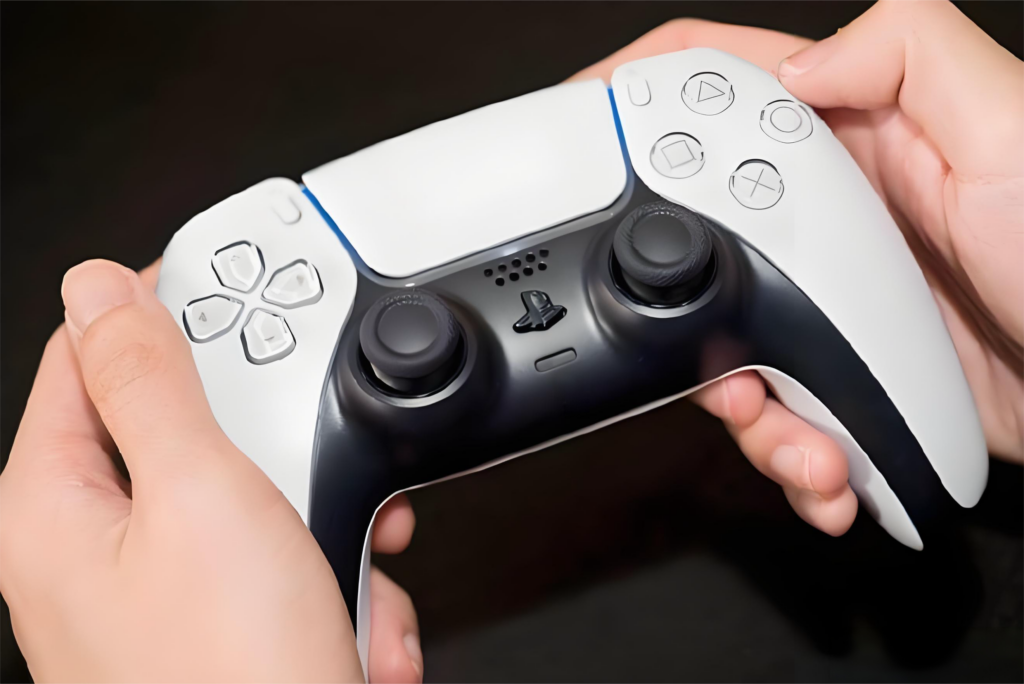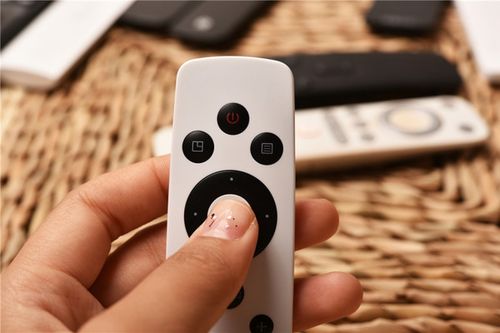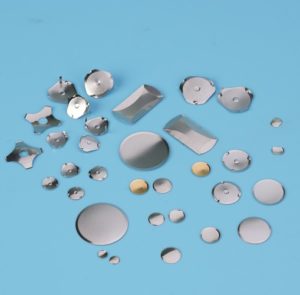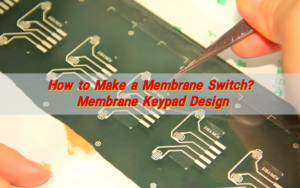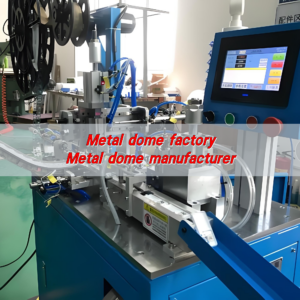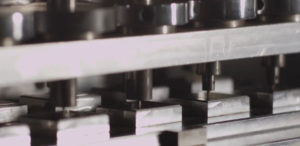Haptic tactile feedback refers to the physical sensations or vibrations users feel when interacting with a device, simulating the sense of touch. It’s what makes your smartphone vibrate when you tap a button or your car’s touchscreen respond with a subtle pulse when you select an option.
In simple terms, haptic feedback delivers touch-based sensations through vibration or force, while tactile feedback focuses on the texture or physical resistance you feel.
What is Tactile Haptic Feedback?
Tactile haptic feedback describes the sensory experience created when you physically feel a response from a device. It’s the slight vibration, pressure, or texture that confirms your interaction, that’s tactile haptic feedback at work.
The word “haptic” comes from the Greek term “haptikos”, meaning “able to touch.” It represents the entire science of touch feedback. Tactile, on the other hand, refers to the specific physical sensations — vibration, texture, or resistance — that your skin perceives.
Together, tactile haptic feedback connects your touch with technology’s response. It helps you feel digital actions in a real, physical way. When you tap, swipe, or hold, the system provides subtle signals that guide your behavior, reduce mistakes, and build confidence.
What’s the Difference Between Haptic Feedback vs Tactile Feedback?
People often use the terms interchangeably, but there’s a clear difference.
Haptic feedback covers the entire range of touch sensations, including both tactile and kinesthetic signals. It involves vibration, motion, and pressure changes that simulate real-life touch.
Tactile feedback is more specific. It focuses on the direct touch sensations felt on the skin — like the buzz of your phone or the snap of a mechanical button.
- In simpler words: tactile feedback is part of haptic feedback. Haptic refers to the whole sensory experience, while tactile refers to the physical feel.
For example, when your smartwatch vibrates to notify you — that’s haptic feedback. But when you feel a “click” as you press a digital keyboard — that’s tactile feedback.
What is an Example of Tactile Feedback?
Examples of tactile feedback surround us every day. When you type on a smartphone keyboard and feel a slight vibration under your finger — that’s tactile feedback.
When a car’s touch screen “bumps” slightly to confirm a button press, that’s another form of tactile response.
In gaming, controllers vibrate to simulate recoil or collisions. That immediate, physical cue pulls players deeper into the virtual world.
Even ATMs, elevators, and home appliances integrate tactile responses. It reduces uncertainty and creates confidence in operation.
The beauty of tactile feedback lies in its simplicity. It quietly communicates without requiring extra attention.
What Devices Use Haptic Feedback?
Today, haptic feedback lives inside nearly every modern device. Smartphones use it to confirm touch gestures. Smartwatches vibrate to alert users discreetly.
Game controllers, automotive displays, medical tools, and virtual reality gloves all rely on it. In these fields, haptics add depth, safety, and realism.
Laptops with “force touch” trackpads simulate button clicks without actual moving parts. Car dashboards use subtle pulses to guide your finger safely while driving. Even medical simulators use tactile sensations to help surgeons practice complex operations.
From small wearables to industrial machinery, haptic technology enhances accuracy and comfort.
The Benefit of Tactile Feedback
The benefits of tactile feedback reach far beyond convenience. It improves precision, confidence, and satisfaction.
When you receive tactile confirmation, your brain immediately recognizes that the command worked. It reduces visual dependence and speeds up reaction time.
In touchscreens, tactile signals prevent over-touching or double-tapping. In virtual systems, they create realism that boosts immersion and trust.
Tactile feedback also helps accessibility. For users with vision challenges, the sense of touch becomes a guide, making devices more inclusive.
Moreover, tactile cues build emotional connection. That tiny vibration or gentle click adds a sense of responsiveness — almost like the device is “alive.”
Is There a Downside to Haptic Feedback?
While the advantages are significant, there are a few minor limitations.
Some users find constant vibration distracting if overused. In certain devices, it may consume slightly more power.
However, these drawbacks are minimal compared to the benefits. Modern haptic systems are efficient and refined. They deliver feedback with precision, not disruption. As technology evolves, these small challenges continue to fade.
How Does Tactile Haptic Feedback Enhance Touch Control?
Touch control is all about responsiveness and accuracy. Without tactile haptic feedback, users rely only on sight. When a device reacts instantly through a small vibration or click, your brain recognizes it as confirmation.
In complex systems, such as automotive dashboards or industrial controls, tactile feedback helps prevent errors. Operators can focus on their tasks without constantly checking screens.
This immediate sense of control builds confidence. It strengthens the connection between the human hand and digital surface.
Why is Haptic Tactile Feedback Vital for Modern Electronics?
Modern electronics demand speed, precision, and emotional connection. Haptic tactile feedback provides all three.
As devices shrink and buttons disappear, touch interfaces dominate. Haptic tactile feedback fills that gap. It restores the physicality that touchscreens once lacked.
In smartphones, it creates smoother interactions. In wearables, it delivers silent notifications. In electric vehicles, it improves driver focus.
Haptic tactile feedback doesn’t just enhance performance; it creates personality. It makes technology feel human again.
How Does a Tactile Feedback Keyboard Improve Operation?
Each press gives a gentle response that confirms input. It’s subtle yet distinct.
Unlike flat touchscreens, tactile keyboards mimic mechanical buttons using micro actuators or metal domes beneath the surface. These components create a crisp “snap” sensation when pressed.
This response improves typing accuracy and speed. It also reduces fatigue by giving your fingers physical confirmation of every keystroke.
For professionals who type for long hours, tactile feedback brings comfort and rhythm. It transforms repetitive actions into smooth, confident motions.
In gaming and industrial applications, it enhances reaction time. You don’t have to look down or guess whether the button registered. The feedback tells you immediately.
How Does Tactile Feedback in Surgery Improve Precision?
In the medical field, tactile feedback is nothing short of revolutionary.
During robotic or minimally invasive surgery, doctors rely on instruments that extend beyond their natural sense of touch. Without feedback, it’s hard to gauge pressure or texture.
Tactile haptic feedback systems restore this essential sense. They transmit subtle force signals back to the surgeon’s hands, helping them “feel” tissue resistance in real time.
This tactile sensation enhances control, prevents damage, and improves outcomes. Surgeons can distinguish between muscle, bone, and soft tissue through touch-like cues.
Conclusion:
Haptic tactile feedback can enhance control, precision, and emotional expression in various fields, from smartphones to surgery. As tactile technology continues to evolve, our interactions will feel more natural, personal, and satisfying.




